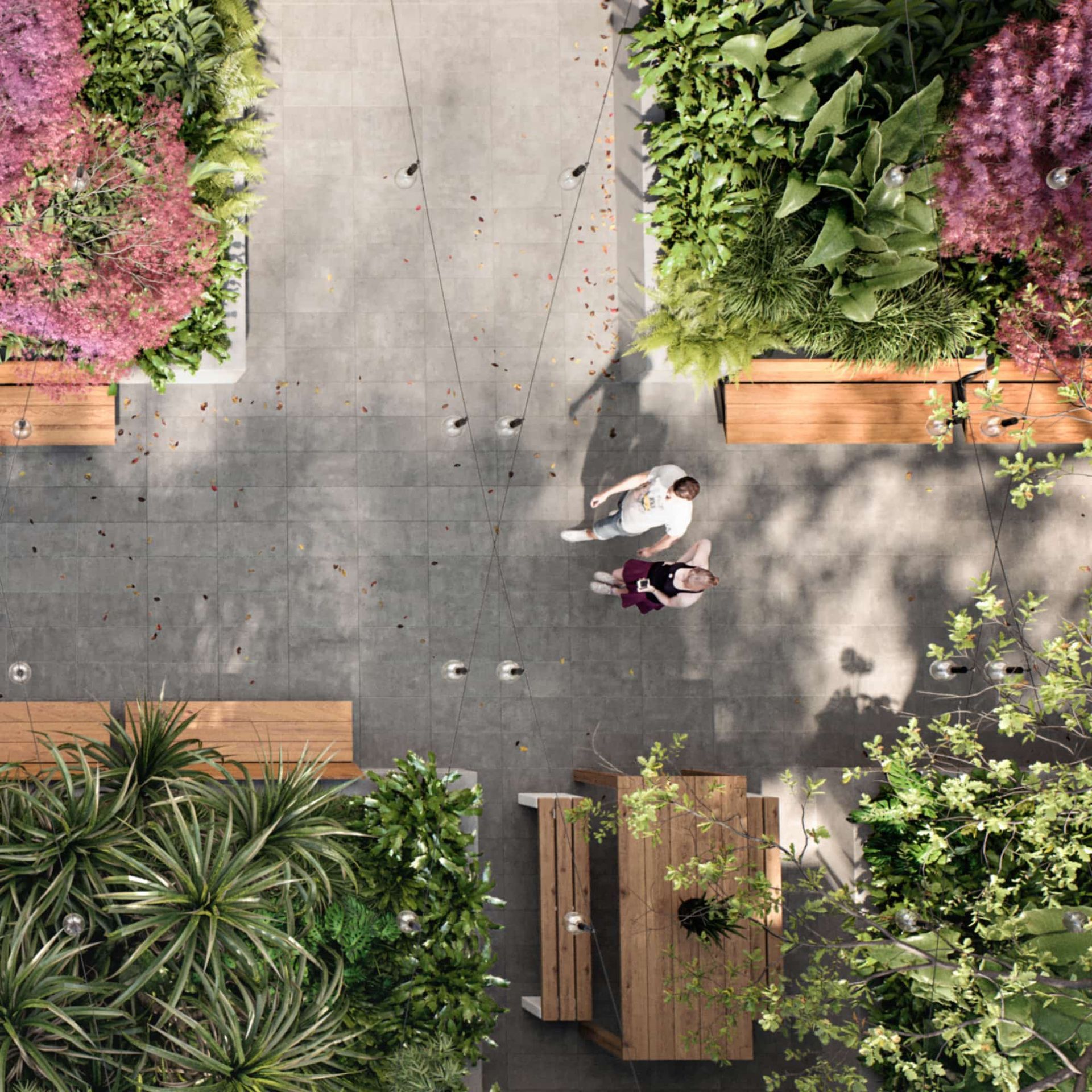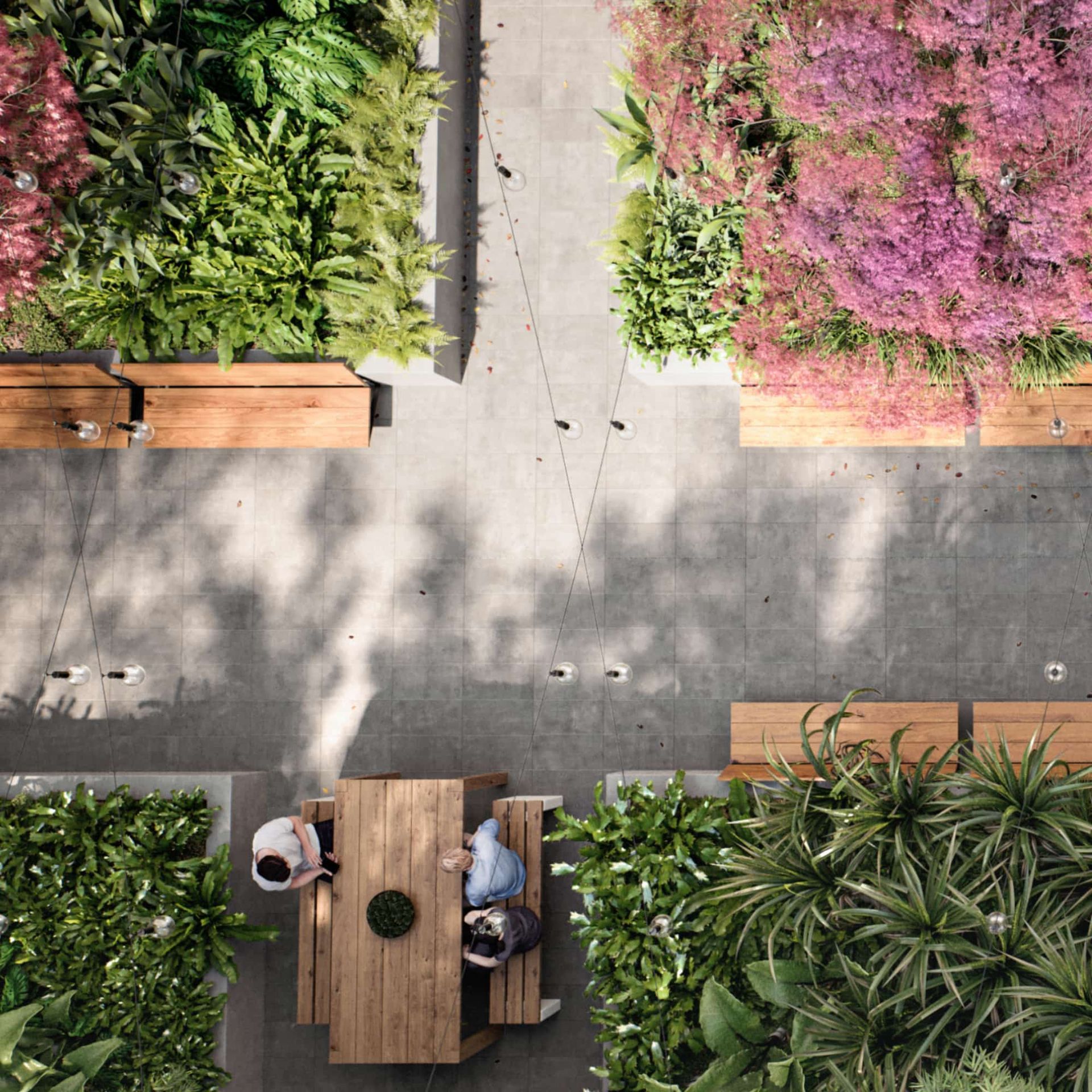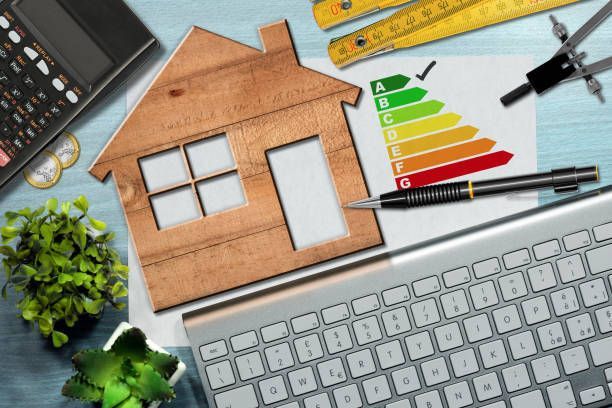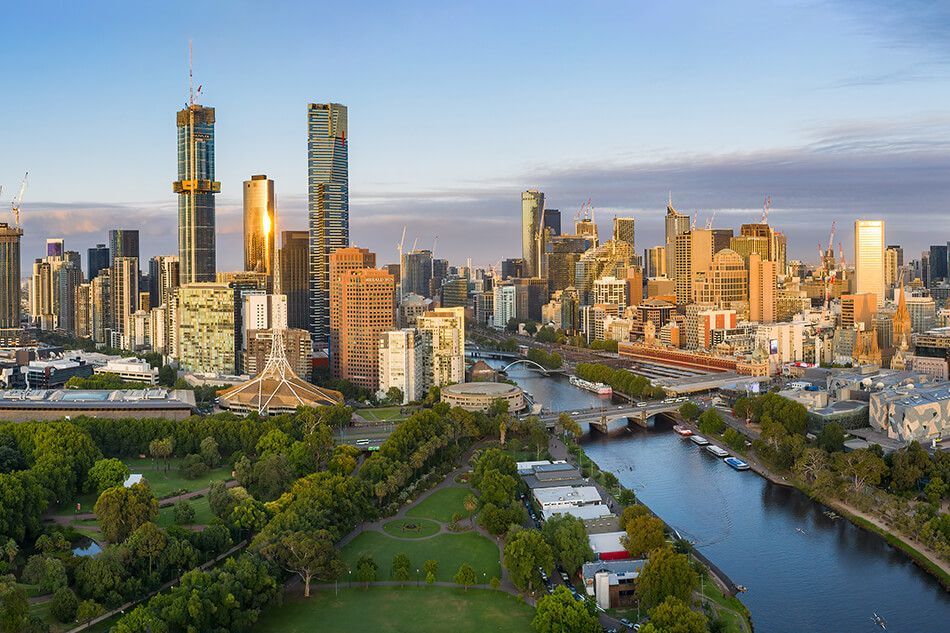
As urban populations continue to grow, the development of high-density buildings has become a necessity. However, it's crucial to ensure these spaces are not just about accommodating more people but also about enhancing their quality of life. Here's why creating livable spaces in high-density developments is so important:
1. Enhancing Quality of Life:
High-density doesn't have to mean cramped or uncomfortable. Thoughtful design can create spacious, airy environments that promote well-being. Incorporating natural light, ventilation, and green spaces can significantly enhance the living experience.
2. Promoting Community and Social Interaction:
Liveable high-density spaces encourage social interaction and a sense of community. Common areas, shared amenities, and recreational spaces provide opportunities for residents to connect, fostering a sense of belonging and community.

3. Sustainable Living:
With the right design, high-density buildings can be more sustainable. Efficient use of space, energy-saving technologies, and proximity to public transport reduce the environmental footprint and promote greener living.
4. Economic Benefits:
Liveable spaces attract residents and retain them, ensuring stable occupancy rates and reducing turnover. This stability can enhance the economic viability of the development and contribute positively to the broader community.
5. Health and Well-being:
Access to natural elements, recreational areas, and spaces for physical activity can greatly improve the physical and mental health of residents. Designing with well-being in mind leads to happier, healthier communities.
Creating liveable high-density spaces is not just about accommodating more people—it's about improving how we live together in urban environments.
Prioritising quality of life, sustainability, and community can transform high-density living into a desirable and beneficial option for modern city dwellers.
Here are some great examples of that in Sydney.
share to



